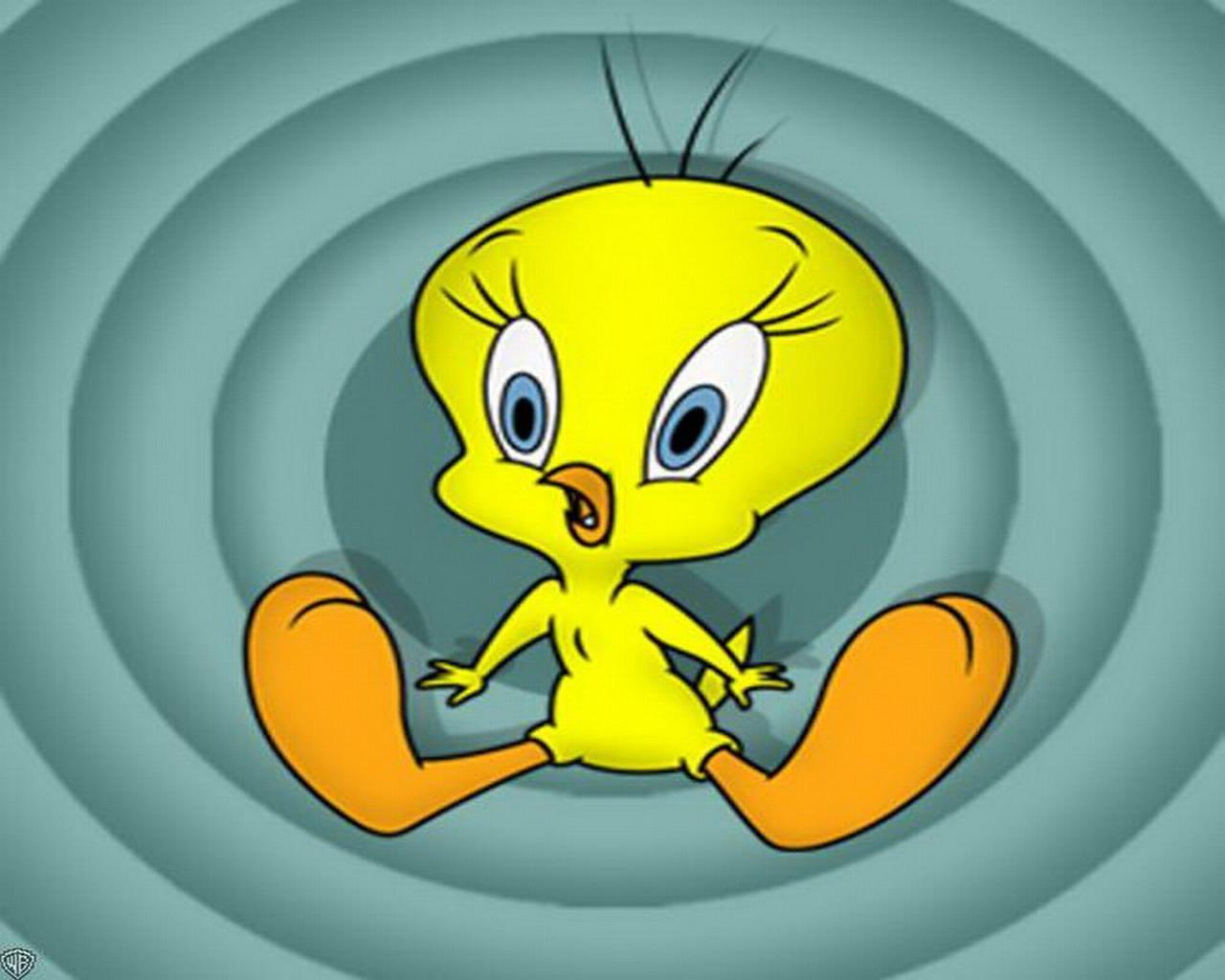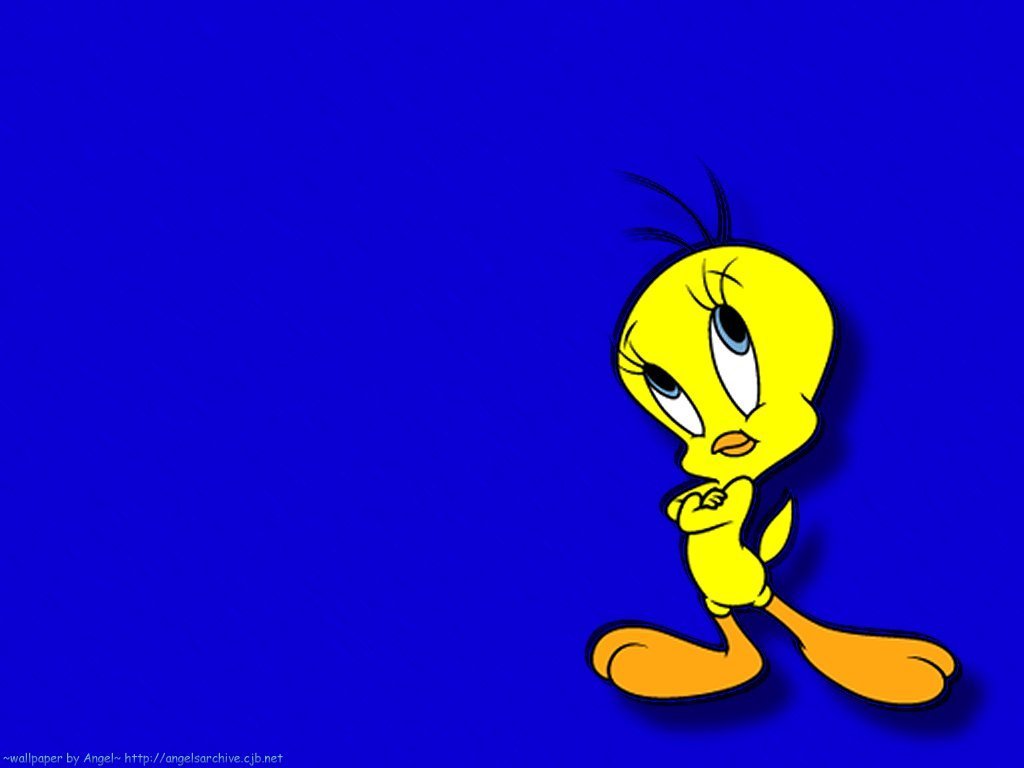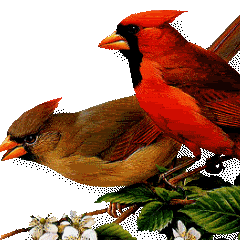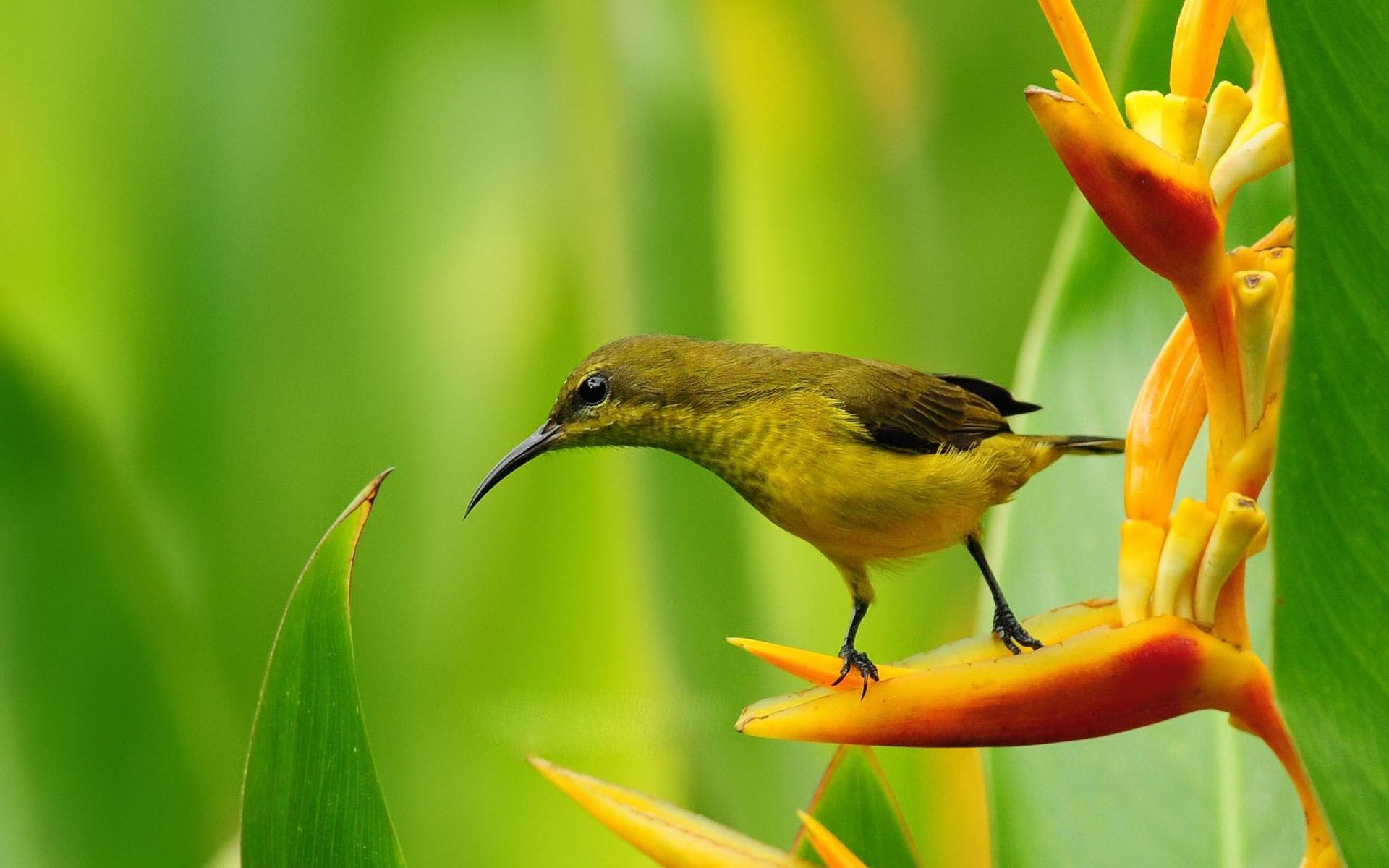3d Birds Wallpaper Biography
Perhaps the most striking thing about birds is that they come in all colors and in many sizes. Smaller birds are usually less expensive and their enclosures and play areas take up less space. Large birds need a lot more room and are more expensive to buy and maintain.
The sizes of birds varies greatly. Your pet can be a large bird like a macaw or cockatoo. It can be a medium large bird like the Amazon parrots, African Greys, or pigeons. You may want a moderate, medium sized bird like one of the conures, Ringneck Doves, or some of the bigger parakeets. Or you may want to start small, with a less expensive bird. Some of the most popular and readily available smaller birds are the budgerigars (called parakeets in the United States), cockatiels, lots of different types of finches, as well as canaries.
The many different colors birds come in is definitely intriguing as well. You may be drawn to a particular bird because of its attractive plumage. Fortunately color doesn't usually take any special consideration unless you get a bird that needs color feeding, like a red-factor canary, which needs special red foods to keep its coloring strong.
Bird Families:
An incredible thing about birds is that they are not all built the same. Because they are not built the same, different groups of birds or bird families have specialized traits that can be very desirable. Some people love talking parrots and others love the song of the canary. There are also people who love developing and showing different types of birds like canaries, pigeons, or even chickens. Other people enjoy working with birds of prey in the sport of falconry.
Bird Species:
You'll find that each of the different bird families, or groups of birds, will have a shared set of normal behaviors. This bird information is helpful in determining the traits that you want in your pet. However, each individual bird, though still having the characteristics of its group, also comes with its own unique characteristics and temperament.
Many parrots are known for their talking ability and some types are considered better talkers than others. But because each bird is unique, you could find your bird being a better talker than its group. Conversely you may choose a pet bird whose group is among the best of talkers, and your particular bird may only say a few phrases or not talk at all.
Bird Identification
The earliest known bird, Archaeopteryx lithographica, lived about 140 million years ago during the Jurassic period. It is known from fossil records discovered in slate quarries in southern Germany. These fossils show this early bird to be about the size of a long-tailed pigeon. Today there are more than 9000 bird species.
Depending on how birds are viewed or their use, bird identification can be approached is several different ways. Those studying them in a scientific manner identify birds by placing them in a taxonomical structure. While those that observe them or keep them as pets may identify birds in a more romantic or practical manner. Bird identification can actually include a number of different descriptions.
Scientific Classification
In the taxonomical classification system, all birds are members of the Aves Class. They are then divided into some 28-30 orders and each order has a scientific name to describe its group. Interestingly, more than half of all birds, about 60%, are contained within just a single order, the Order Passeriformes, sometimes referred to as the "perching birds".
Most of the scientific orders also have a functional name, or common name, associated with the group. For example, orders of aquatic birds are divided into such things as seabirds, diving birds, long-legged wading birds, and the more common waterfowl. Other orders contain flightless birds, shorebirds, ground dwelling birds, woodland birds, nocturnal birds, and a bunch more. As numerous and diverse as bird types are, the orders themselves can represent a single group, but more often contain a number of related types.
Ultimately in the taxonomic realm, each bird species itself has a single scientific name assigned to it. There is usually with one or more common names associated with it as well.
Romantic Names:
Besides the scientific names, common names, and functional naming of orders, there are also many romantic or fantastic names applied to groups of birds. You may hear birds described as lovebirds, exotic birds, endangered birds, tropical birds, blue birds, rainforest birds, wedding doves, and more.
Practical Names:
Perhaps the best know bird identification is with the use of practical names. Like the romantic names, these names also identify birds individually or as groups, but in a more pragmatic manner. Practical names are applied to those commonly kept as pets such as parrots, those seen when bird hunting or bird watching like the waterfowl, and also to birds kept for eggs or food such as poultry.
Pet Bird Identification:
Pet birds contain all sorts of bird types, and their names can include those from all the types above and more. Pet birds range from large to small parrots, like the Amazons, Macaws, Parakeets, Lovebirds, and more. Hard bills are birds like finches, canaries, pigeons, doves and other seed eaters. The soft bills are those that eat a fruit based diet, like lories, lorikeets, and toucans. There are a many other exotic birds kept as pets as well.








Perhaps the most striking thing about birds is that they come in all colors and in many sizes. Smaller birds are usually less expensive and their enclosures and play areas take up less space. Large birds need a lot more room and are more expensive to buy and maintain.
The sizes of birds varies greatly. Your pet can be a large bird like a macaw or cockatoo. It can be a medium large bird like the Amazon parrots, African Greys, or pigeons. You may want a moderate, medium sized bird like one of the conures, Ringneck Doves, or some of the bigger parakeets. Or you may want to start small, with a less expensive bird. Some of the most popular and readily available smaller birds are the budgerigars (called parakeets in the United States), cockatiels, lots of different types of finches, as well as canaries.
The many different colors birds come in is definitely intriguing as well. You may be drawn to a particular bird because of its attractive plumage. Fortunately color doesn't usually take any special consideration unless you get a bird that needs color feeding, like a red-factor canary, which needs special red foods to keep its coloring strong.
Bird Families:
An incredible thing about birds is that they are not all built the same. Because they are not built the same, different groups of birds or bird families have specialized traits that can be very desirable. Some people love talking parrots and others love the song of the canary. There are also people who love developing and showing different types of birds like canaries, pigeons, or even chickens. Other people enjoy working with birds of prey in the sport of falconry.
Bird Species:
You'll find that each of the different bird families, or groups of birds, will have a shared set of normal behaviors. This bird information is helpful in determining the traits that you want in your pet. However, each individual bird, though still having the characteristics of its group, also comes with its own unique characteristics and temperament.
Many parrots are known for their talking ability and some types are considered better talkers than others. But because each bird is unique, you could find your bird being a better talker than its group. Conversely you may choose a pet bird whose group is among the best of talkers, and your particular bird may only say a few phrases or not talk at all.
Bird Identification
The earliest known bird, Archaeopteryx lithographica, lived about 140 million years ago during the Jurassic period. It is known from fossil records discovered in slate quarries in southern Germany. These fossils show this early bird to be about the size of a long-tailed pigeon. Today there are more than 9000 bird species.
Depending on how birds are viewed or their use, bird identification can be approached is several different ways. Those studying them in a scientific manner identify birds by placing them in a taxonomical structure. While those that observe them or keep them as pets may identify birds in a more romantic or practical manner. Bird identification can actually include a number of different descriptions.
Scientific Classification
In the taxonomical classification system, all birds are members of the Aves Class. They are then divided into some 28-30 orders and each order has a scientific name to describe its group. Interestingly, more than half of all birds, about 60%, are contained within just a single order, the Order Passeriformes, sometimes referred to as the "perching birds".
Most of the scientific orders also have a functional name, or common name, associated with the group. For example, orders of aquatic birds are divided into such things as seabirds, diving birds, long-legged wading birds, and the more common waterfowl. Other orders contain flightless birds, shorebirds, ground dwelling birds, woodland birds, nocturnal birds, and a bunch more. As numerous and diverse as bird types are, the orders themselves can represent a single group, but more often contain a number of related types.
Ultimately in the taxonomic realm, each bird species itself has a single scientific name assigned to it. There is usually with one or more common names associated with it as well.
Romantic Names:
Besides the scientific names, common names, and functional naming of orders, there are also many romantic or fantastic names applied to groups of birds. You may hear birds described as lovebirds, exotic birds, endangered birds, tropical birds, blue birds, rainforest birds, wedding doves, and more.
Practical Names:
Perhaps the best know bird identification is with the use of practical names. Like the romantic names, these names also identify birds individually or as groups, but in a more pragmatic manner. Practical names are applied to those commonly kept as pets such as parrots, those seen when bird hunting or bird watching like the waterfowl, and also to birds kept for eggs or food such as poultry.
Pet Bird Identification:
Pet birds contain all sorts of bird types, and their names can include those from all the types above and more. Pet birds range from large to small parrots, like the Amazons, Macaws, Parakeets, Lovebirds, and more. Hard bills are birds like finches, canaries, pigeons, doves and other seed eaters. The soft bills are those that eat a fruit based diet, like lories, lorikeets, and toucans. There are a many other exotic birds kept as pets as well.
3d Birds Wallpaper

3d Birds Wallpaper

3d Birds Wallpaper

3d Birds Wallpaper

3d Birds Wallpaper

3d Birds Wallpaper

3d Birds Wallpaper

3d Birds Wallpaper

3d Birds Wallpaper
3D Birds
Angry Birds Spongebob 3D Spoof













































